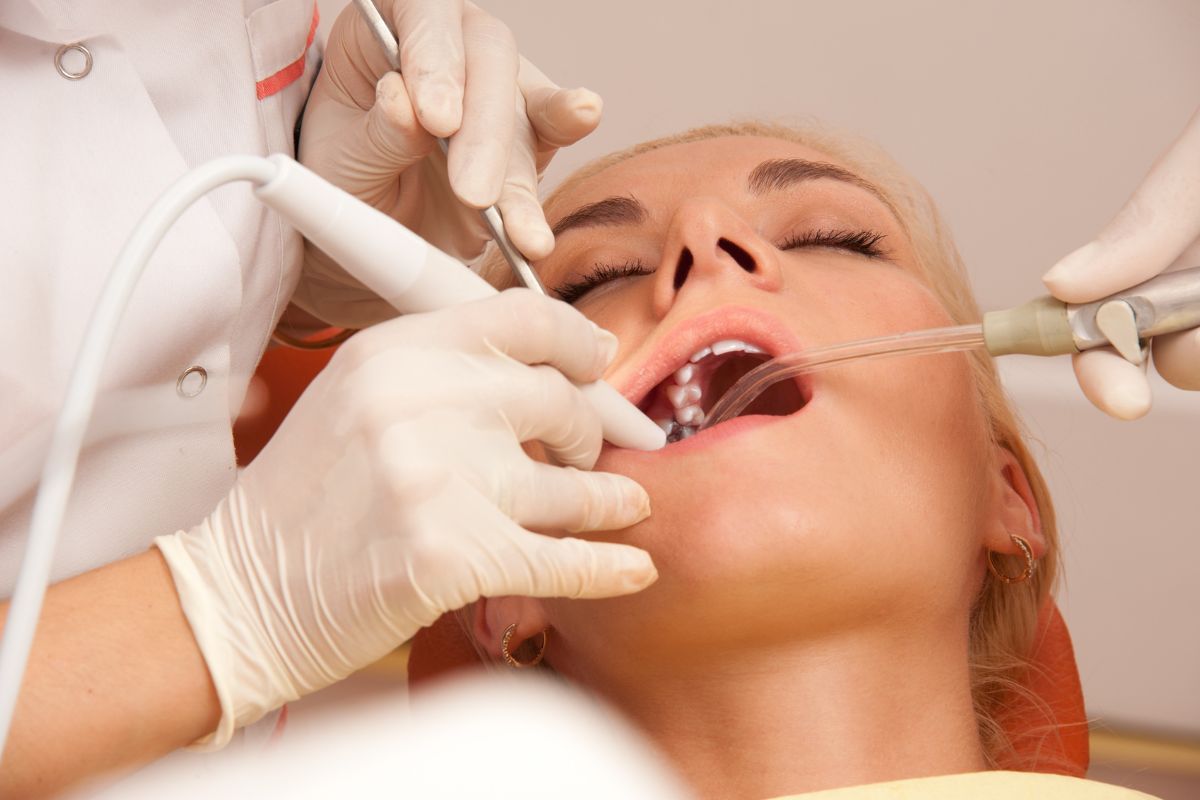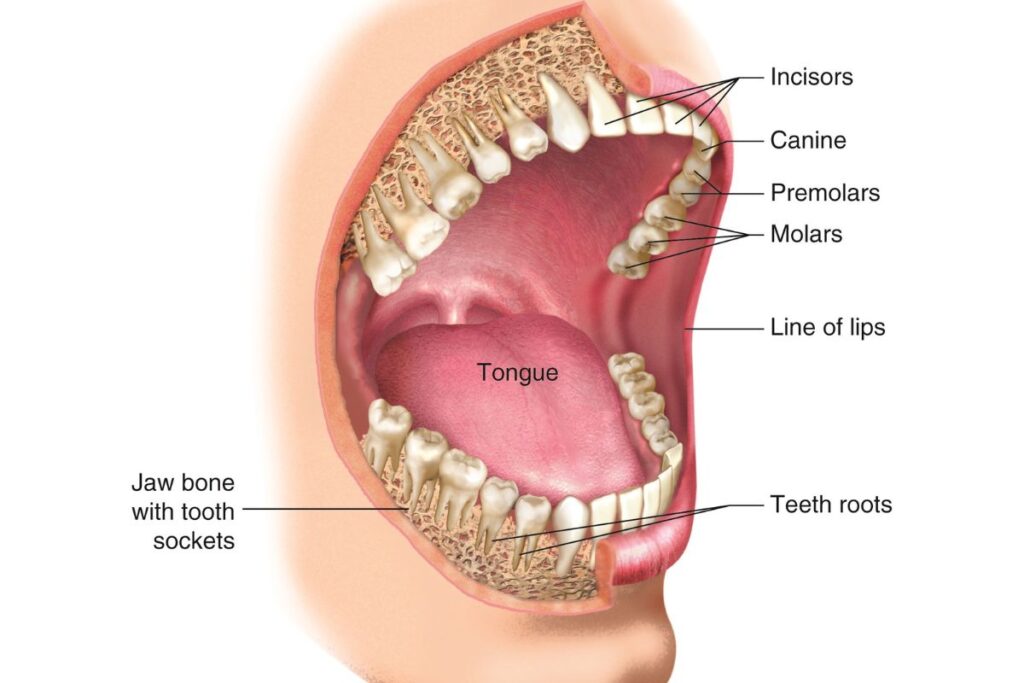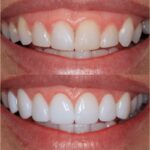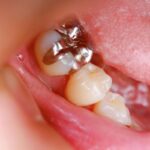
Everything You Need to Know About Bicuspids
-
- 219
Bicuspid teeth, or premolars, are often seen as the in-between teeth of the mouth. They are located in the back of the mouth and can be identified by their two pointed cusps. In this article, we’ll explore what bicuspids are and how they differ from other types of teeth.
What Are Bicuspids?
Bicuspids, also known as premolars or bicuspidate teeth, are named for their two cusps – points located on the top of each tooth. These teeth have one central cusp at their top that is flanked by two smaller lateral cusps. These sharp points allow bicuspids teeth to easily tear through food when chewing or biting down.
Types of Bicuspids Teeth
There are four types of bicuspids teeth – upper right and left first molars (1M), upper right and left second molars (2M). Each type has its own set of unique features which makes it different from other types of bicusped teeth. Additionally, there can be slight variations within each type depending on individual dental anatomy. To better understand these variations, below we’ve provided a brief overview of each type.
Upper Right 1st Molar
This is the largest tooth with four distinct surfaces – mesial (closest to midline), distal (further away from midline), buccal (towards cheek) and lingual(toward tongue). This tooth typically has three cusps arranged in an inverted triangle shape with one larger occlusal cusp protruding from its center surrounded by two smaller side cusps – a buccal and lingual one; however some individuals may have more than this number depending on dental anatomy nuance
Upper Left 1st Molar
Similar to its counterpart above with four distinct surfaces – mesial, distal buccal and lingual – this tooth typically has three distinct cusps arranged in an inverted triangle fashion as well but slightly differing subtly from that found in their opposing counterpart due to individual variation; again some individuals may possess more than three depending on anatomical nuances
Upper Right 2nd Molar
Again like those above but slightly smaller in size possessing only three surfaces- mesial distal and lingual –this too typically displays three distinct cusps arranged in either an inverted triangle or more commonly a parallelogram shape consisting one larger central occlusal protrusion flanked by two lateral side cusp; here too certain individuals may possess additional nuances due to anatomical variation
Upper Left 2nd Molar
The smallest among all amnestic varieties though still possessing three distinct surfaces-mesial distal and lingual this tooth usually displays two distinct protrusions/cups though certain individuals may possess additional anatomical differences due to subtle nuance found within certain populations.
Anatomy of Bicuspids Teeth

The anatomy of bicuspids or premolar teeth consists of five major components: crown, root, enamel, dentin, and pulp.
- The crown is the portion of the tooth visible to anyone looking at your mouth. It is composed primarily of enamel – a very hard substance that protects the underlying structures of the tooth from wear and tear.
- Below the surface lies dentin, which provides support for the enamel and serves as a shock absorber for pressure on the tooth.
- Underneath this layer lies the pulp – which contains nerve fibres and blood vessels responsible for supplying nutrients to all parts of your tooth.
- Finally at its base are two roots that anchor it in place within your jawbone.
How to Take Care of Bicuspids
Brushing
It’s essential to brush your bicuspids every day with a soft-bristled toothbrush and fluoride toothpaste. The American Dental Association recommends brushing for two minutes, twice a day. When brushing, it’s important to cover the outside, inside and chewing surfaces of your teeth. Gently brush back and forth in short strokes on each surface to remove plaque build-up without damaging the enamel or gums
Flossing
Start by cutting off 18 inches of floss that is waxed or flavored for easier use. Wrap most of the floss around the middle finger on one hand while you hold the remaining bit between your other index finger and thumb (this allows for easy grip and movement when you are done). With two fingers guiding it along, push gently against one side of your bicuspids tooth before inserting floss underneath the gum line (try not to snap it down). Move up and down in a gentle saw motion with clean sections of floss as you move from one bicuspids tooth to another until all have been completed
Visiting Dentists
Make sure to visit dental checkups regularly – generally about every 6 months – so that any issues can be caught early on before they become serious problems or you can opt for best dental insurance plans to avoid such problems. During visits, dentists usually check for signs of decay/cavities in addition to conducting basic x-rays which help detect underlying issues beneath the surface that may otherwise go unnoticed. They will also evaluate how well you are cleaning your teeth at home as well as offer tips or advice where necessary on improving oral hygiene practices like properly brushing or utilizing interdental brushes etc.
Bottom Line
In conclusion, bicuspids, or premolars, are important teeth in the mouth that have two pointed cusps. They play a crucial role in chewing and tearing food, and it is important to take care of them through regular brushing, flossing, and dental checkups to maintain good oral health. It’s worth noting that dental insurance plans can be a valuable asset in ensuring affordable access to necessary dental care. Dental Insurance OA, a provider specializing in dental insurance plans, can offer comprehensive solutions at competitive prices to support your dental well-being.







